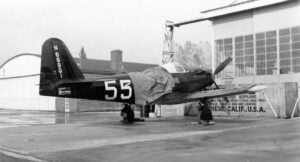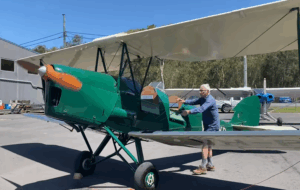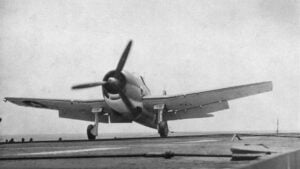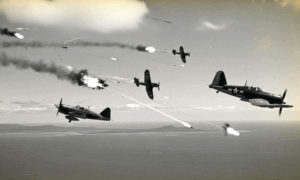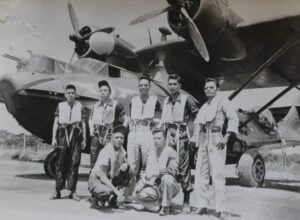10 Weirdest Anti-Aircraft Weapons Germany Created in WWII
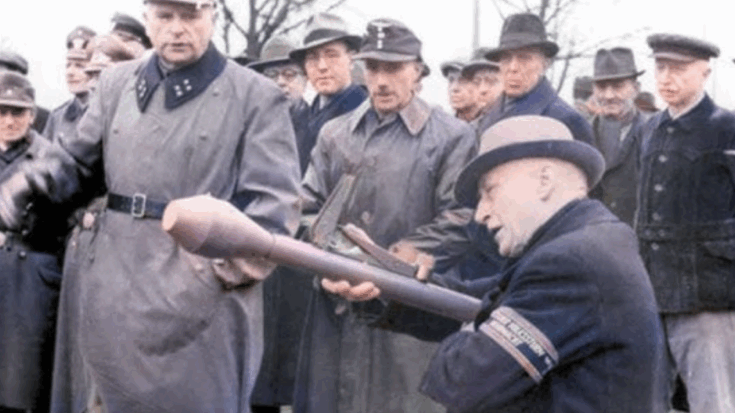
Mark Felton Productions / YouTube
During the Second World War, the German Air Force was responsible for protecting both the skies and the ground. But as the conflict went on, they had a harder time dealing with the rising number of Allied aircraft. Traditional anti-aircraft guns couldn’t keep up. That pressure pushed engineers and inventors to explore strange and unusual ideas.
Many of these weapon ideas were created out of desperation. Some people worked on these projects to avoid being sent to the front lines. Others believed they had brilliant solutions, even if they lacked the skills to make them work. A few were influenced by extreme beliefs and were willing to try anything.
Salvo Machine Guns
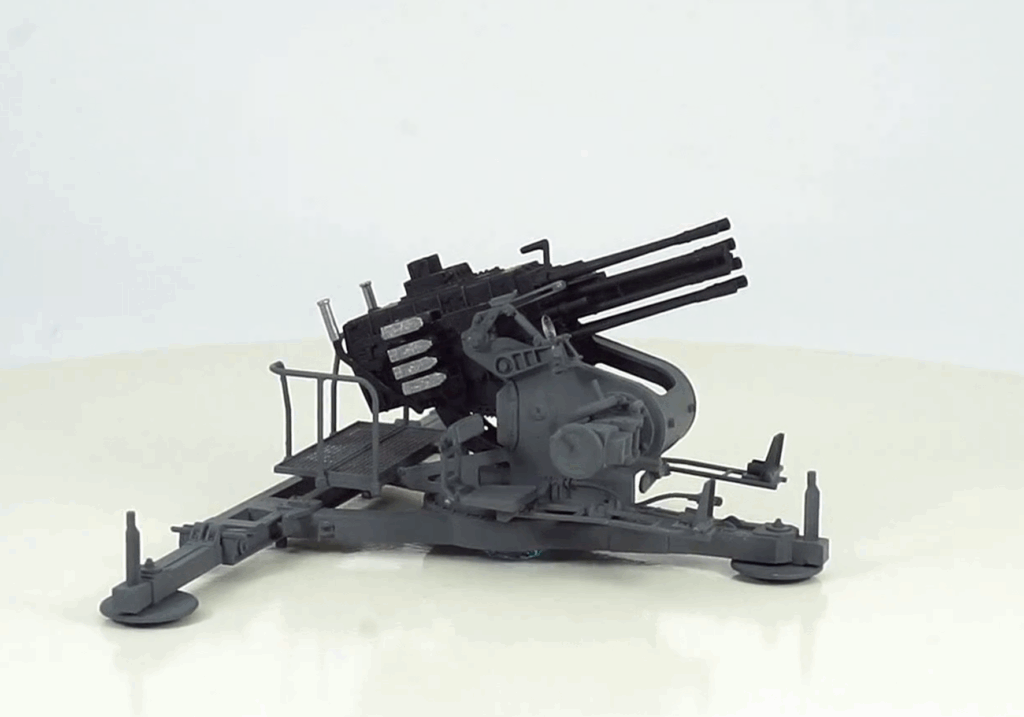
Before the war began, Germany spent large amounts of money on weapons development. This included unusual anti-aircraft weapons, like the Salvenmaschinenkanone or Salvo Machine Gun. These were multi-barrel guns, often stacked or arranged side-by-side, designed to fire many rounds at once.
At least five different versions were built in the 1930s. While they looked impressive, the weapons didn’t perform well. Trying to fire multiple barrels at once caused major reliability issues. Poor design and lack of documentation meant the weapons were forgotten—until some were captured by the Soviets and displayed in museums.
Oversized Flak Guns
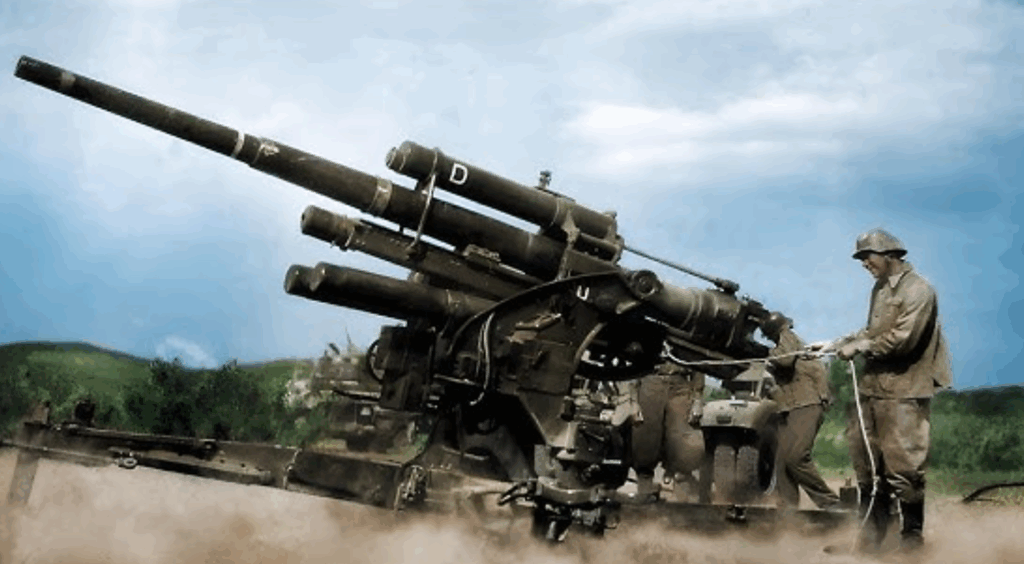
To shoot down planes flying too high for small guns, Germany introduced larger weapons. The well-known 8.8 cm gun was later joined by 10.5 and 12.8 cm models. But in 1936, they went further, creating huge 15 cm guns like the Gerät 50 and Gerät 55.
These guns were heavy and powerful but had mixed results. Later versions like the Gerät 60 and Gerät 65 were meant to be used in fixed positions only. Although a few made it to the prototype stage, a 1943 order halted all further development of guns above 12.8 cm. Ideas for 24 cm weapons remained on paper.
Rockets in the Air

Most rockets were designed to hit targets on the ground, but Germany also tried adapting them to hit aircraft. These included early missile systems and simpler rocket launchers. One example was the 2 cm Luftfaust, also called Fliegerfaust. It was a shoulder-fired weapon that launched nine small rockets.
The design used existing ammunition and was meant to be cheap and easy to build. Around 10,000 were made by 1945, and some were sent to the front lines. But it’s still unclear how effective they were in actual combat.
Leaflets to Explosives
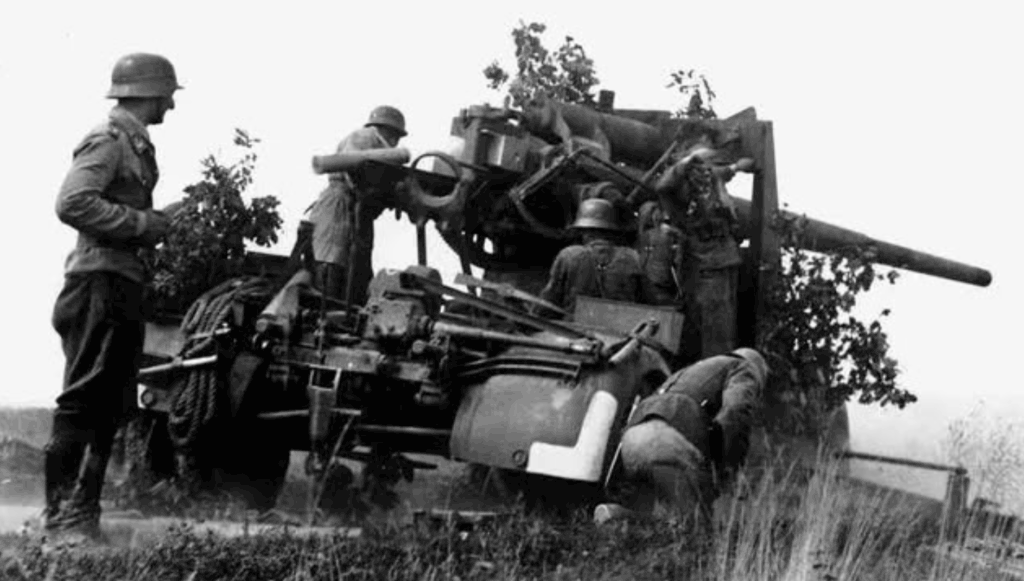
The Föhn-Gerät was another rocket system. Originally designed to drop propaganda leaflets, the 73 mm rockets were later modified to carry explosives. Each launcher held 35 rockets and came in both fixed and mobile versions.
These systems tried to blanket the skies with rockets, hoping one would hit. A few launchers were used near the end of the war to protect bridges, including the one at Remagen. Still, they were not very accurate and had trouble hitting fast-moving planes.
Tank-Based Launchers

Škoda, a Czech arms manufacturer, created the 10.5 cm Raketenwerfer mounted on a Flak gun base. Later, they planned to install it on a Panther tank chassis. But the war’s end stopped the project. The only prototype remained on paper due to the lack of available tanks and time.
Each rocket weighed 19 kilograms and traveled at high speeds. While the idea was interesting, no working models were built, and it never went into service.
A Gun That Fired Air

Perhaps the strangest idea was the Windkanone or Wind Gun. This machine tried to fire compressed air to knock planes out of the sky. It had a long curved pipe connected to a steam boiler and was mounted in place.
Tests showed it could damage wooden boards or brick walls, but it couldn’t affect aircraft. The jet of air lost power quickly, and the shape of planes helped deflect the blast. A prototype was tested at a bridge over the Elbe River but achieved little.
Rotating Rocket Tubes
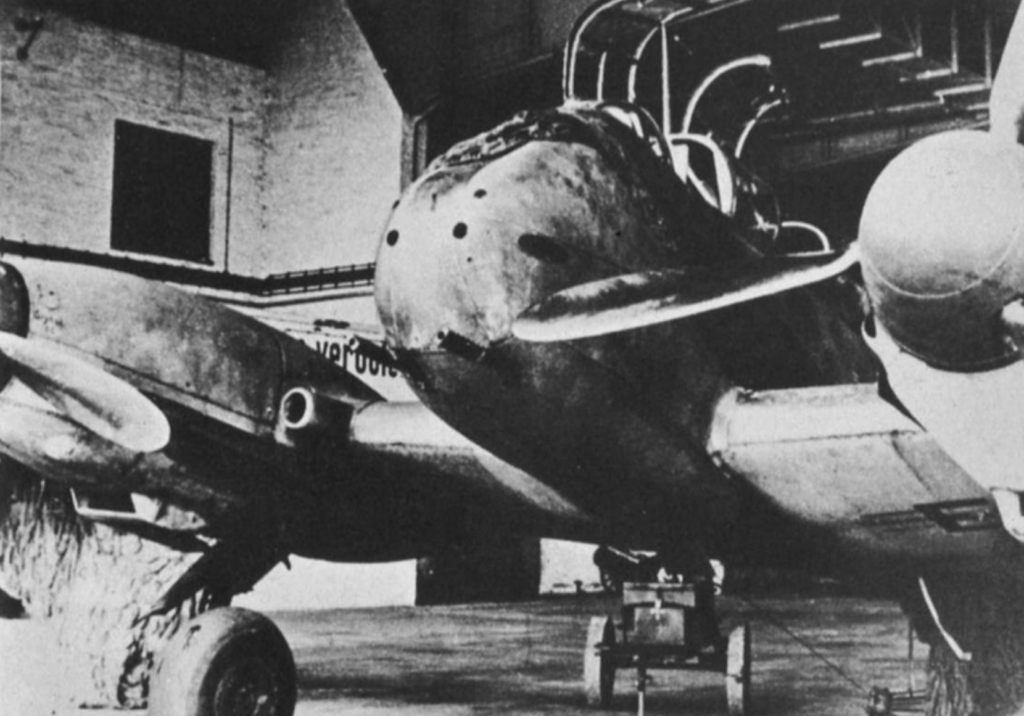
To avoid drag caused by large rocket tubes on aircraft wings, engineers developed a rotating launcher with six rockets. It was tested on the Me 410 aircraft. However, the backblast caused damage to the plane, and the project was dropped.
Automatic Shadow Fire
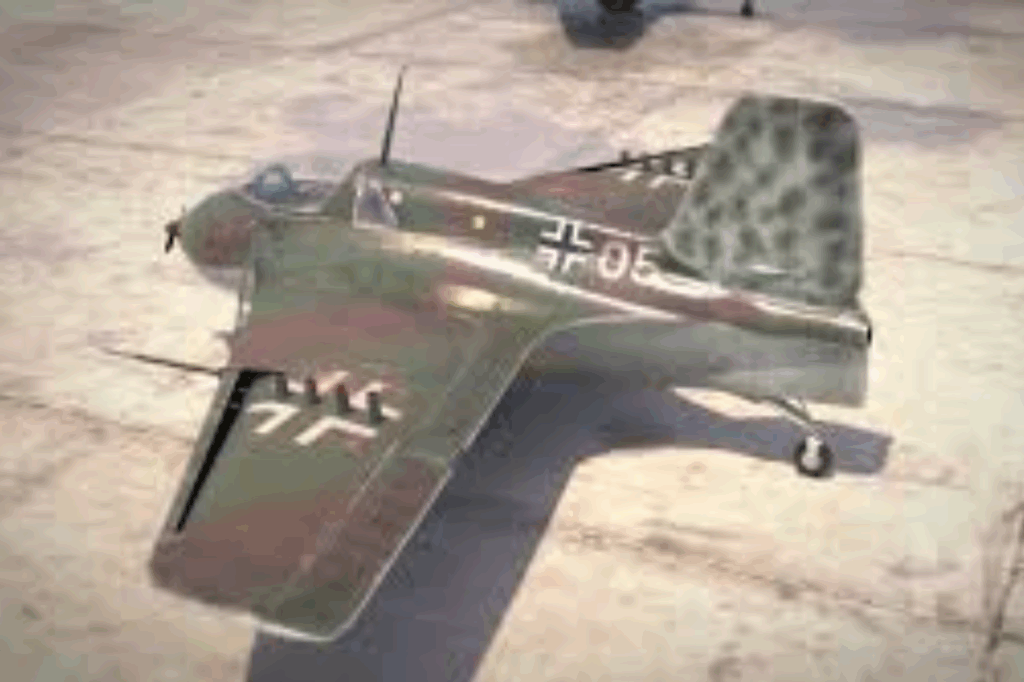
To fight bombers from below, Germany created the SG 500 Jägerfaust. Tubes on the plane fired upwards when a shadow was detected overhead. This automatic trigger system made it unique. It saw some success in 1945, but production stopped after factories were bombed.
Big Gun Without Recoil
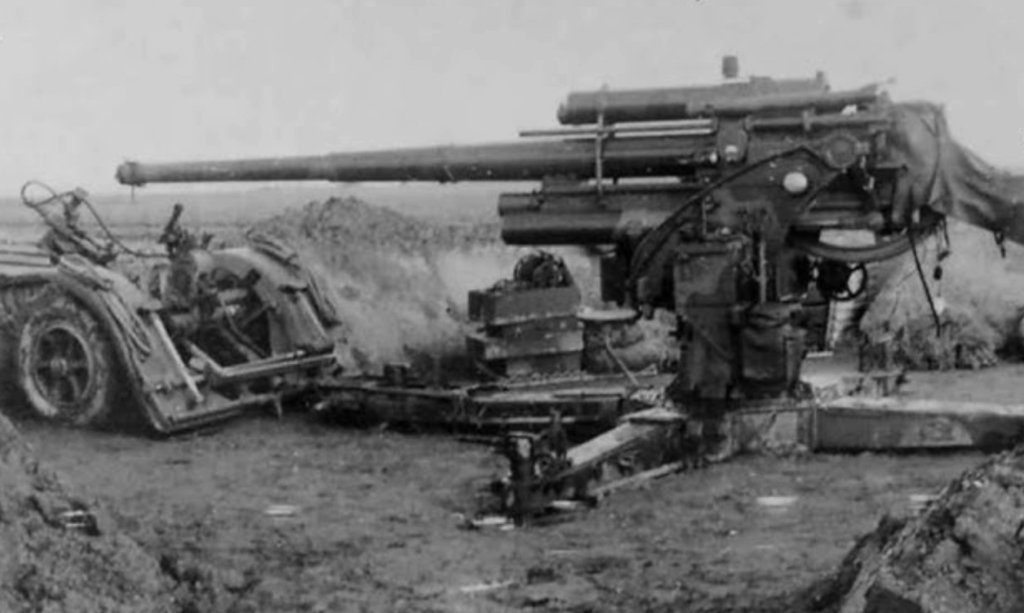
The Düka 88 was an 8.8 cm recoilless gun for aircraft. It had no recoil and featured special tubes to release exhaust. Although tests on a modified Ju 88 aircraft went well, the project was canceled before it could be used in battle.
Aircraft as Weapons
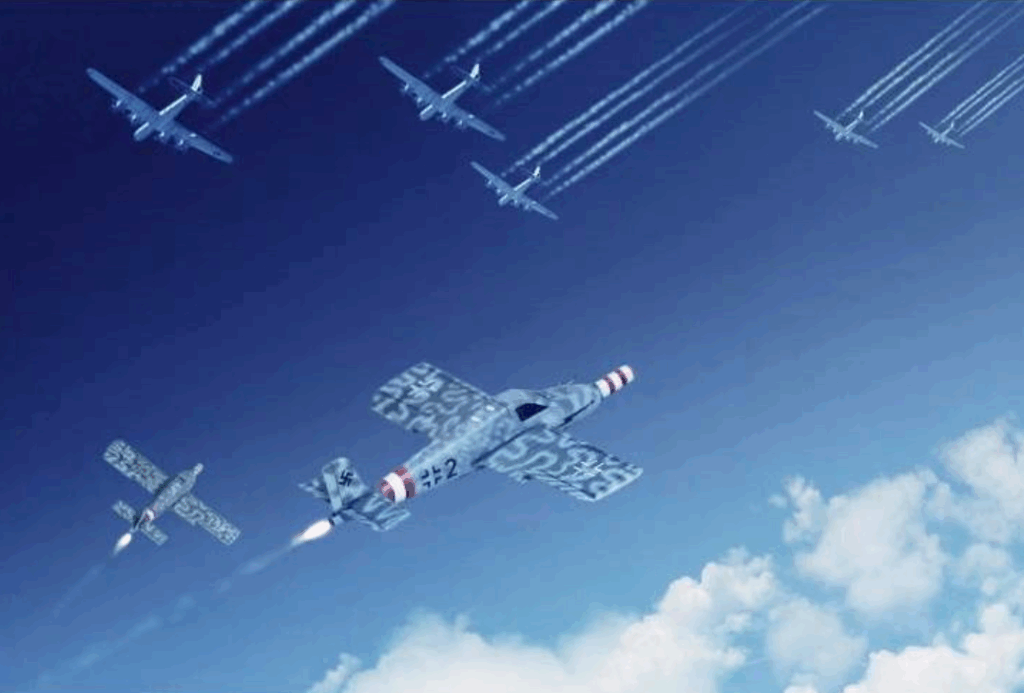
One last idea was to use planes themselves as weapons. The Zeppelin Rammer would use its metal-reinforced wings to crash into bombers after firing rockets. Only a few were built before the factory was destroyed. In April 1945, a volunteer group called Sonderkommando Elbe rammed enemy bombers using light aircraft, shooting down a dozen—but losing many of their own in return.














